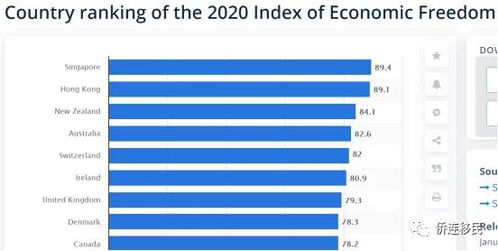```html

Latest Immigration Application Data
This chart illustrates the latest immigration application data. It provides insights into the trends and patterns of immigration applications. Analyzing this data can help policymakers, immigration officials, and researchers understand the flow of immigrants and make informed decisions regarding immigration policies.
For a more detailed analysis of the data and its implications, further examination of specific demographic information, such as country of origin, age, education level, and occupation, may be necessary. Additionally, considering external factors such as economic conditions, geopolitical events, and changes in immigration laws can offer a comprehensive understanding of immigration trends.
It's essential to regularly update and review immigration data to ensure that immigration policies align with societal needs, economic goals, and humanitarian considerations. By staying informed about immigration trends, stakeholders can devise strategies to address challenges and maximize the benefits of immigration for both receiving countries and immigrants themselves.
